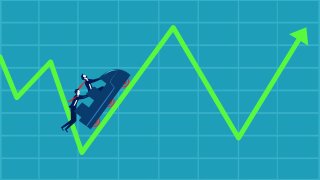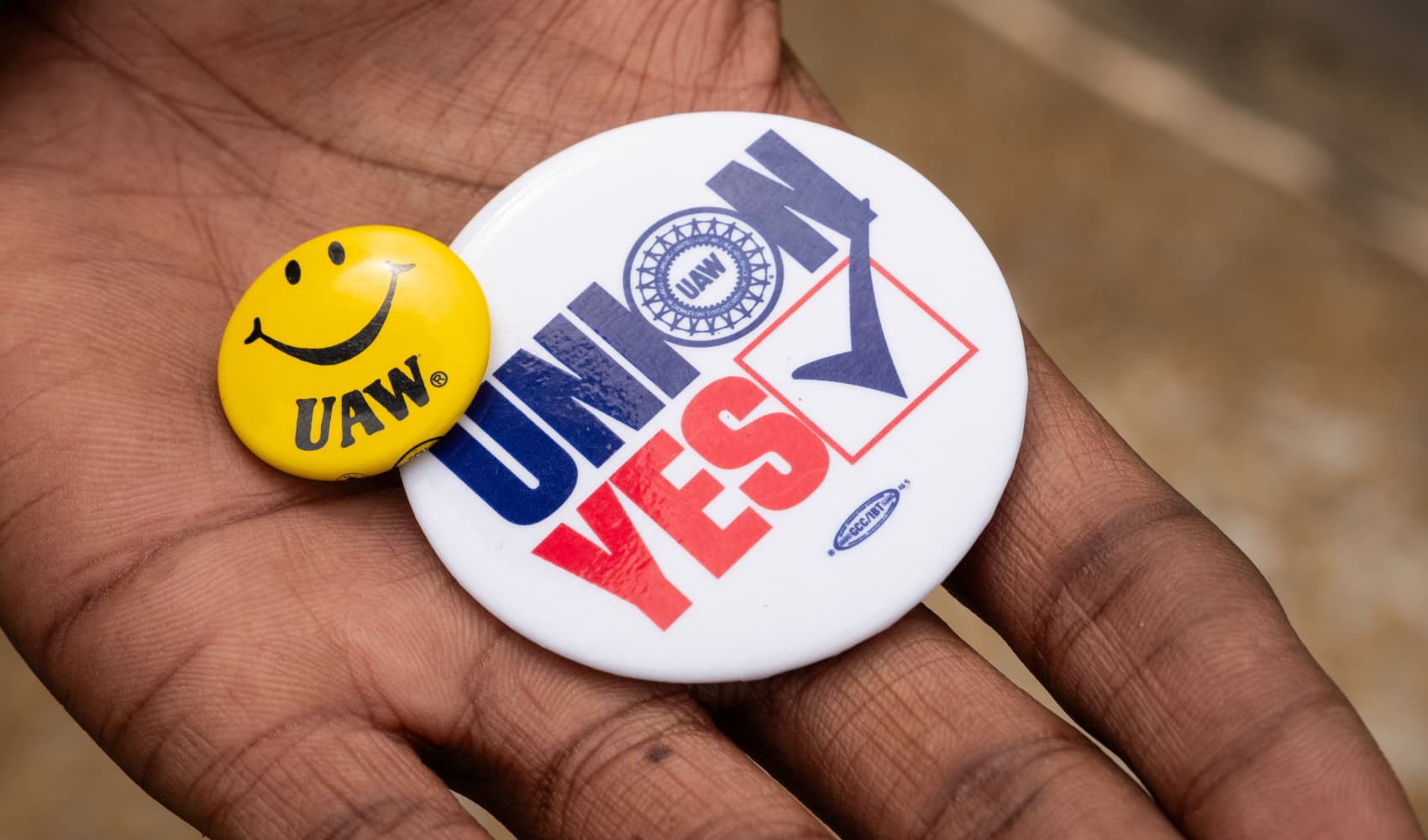
There are millions of different investments you can buy, and they all require you to consider the same key tradeoff: risk versus return.
Generally speaking, the greater your investment's potential returns, the more likely it could decline precipitously in value. When you're looking to maximize your portfolio's return, ask yourself: What would a big decline in my investments do to me?
The question requires a multifaceted answer — one that examines both how a dip in your portfolio would materially affect your finances and how you react emotionally to losing money.
Many investors have been able to answer that question firsthand of late. The broad stock market fell nearly 24% between January and mid-June, and many individual stocks and more volatile assets, such as cryptocurrencies, fared far worse.
Get Connecticut local news, weather forecasts and entertainment stories to your inbox. Sign up for NBC Connecticut newsletters.
If recent market volatility hurt a little more than you thought it might, consider taking a moment for some introspection, says Christine Benz, director of personal finance and retirement planning at Morningstar.
"A lot of people entered the market in 2020 and 2021 simply because it was going up," Benz tells CNBC Make It. "Now's a good time to take a deep breath, step back and think about what's the appropriate amount of risk to be taking in your portfolio."
Here's how to make sure you're investing with the right level of risk, according to market experts.
Money Report
Understanding risk capacity and risk tolerance
Back to the central question: What would a big decline in the value of your portfolio do to you?
First, a dip in your portfolio would materially affect the rest of your financial picture. That's called your risk capacity. If you're years away from a long-term goal, such as retirement, short-term dips in your portfolio aren't necessarily a very big deal because your investments have decades to recover.
If your goal is in the near future, however, a big loss could derail your plans. If you had some of your portfolio earmarked for a down payment on a house this year, for instance, you may not be able to afford a 24% drop.
Second, how would a big loss in your portfolio make you feel? The answer is, of course, bad — but how bad? "Grimly checking your brokerage account every morning" bad or "selling every investment you own in a full-on panic" bad?
Investing pros call your ability to stick to your financial plan in the face of investment losses your risk tolerance. It's fine to feel panicky when big red numbers start to fill your portfolio page, says Brad Klontz, a certified financial planner and financial psychology professor at Creighton University. But if you let that panic drive you to rash financial decisions, you could potentially do real harm to your finances, Klontz says.
"Who doesn't panic? If you're on a roller coaster going down and your stomach is flipping, that's normal," he says. The problem arises when "it makes you want to jump off the ride or never ride a roller coaster again."
How to take the appropriate amount of risk
If market's recent shakiness hasn't affected your financial plans, then your only next steps are to stay the course. But if you deviated from your plans or never had a plan in the first place, it's time to get your portfolio on track.
Start with your risk capacity, suggests Benz: "Consider what you're trying to accomplish and your proximity to when you need the money. It may be that you need sub-portfolios for different goals."
Generally, younger people saving for retirement can invest that portion of their portfolio predominately in a broadly diversified array of stocks, Benz says. They offer higher long-term returns than other types of assets, but also tend to come with more risk.
For short- or intermediate-term goals that are one to three years out, "consider adding safer assets like cash, short-term bond funds and U.S. government bond funds," Benz says. From there, she adds, consider how you'll react to losses in the future: "Risk capacity doesn't matter if you're going to upend your well-laid plan when you're uncomfortable with the losses you sustained in the short-term."
Plenty of online questionnaires can help you determine your tolerance for risk. Examining your behavior during the recent downdraft can be an equally useful yardstick, experts say.
"If I'm not comfortable in this kind of up-and-down market, I need to remember that and put in protections so I don't feel this way next time it happens," says Kelly LaVigne, vice president of consumer insights at Allianz Life. "Because it will happen again. And you'll feel lousy again."
To avoid the kind of panic you may have felt in the first half of the year, consider ratcheting down your allocations to riskier assets like stocks and cryptocurrency. You may also want to consider investing in a fund that manages allocations for you.
"An all-in-one fund, such as a target-date fund, can help remove you from the equation and let the product do the heavy lifting," Benz says.
A financial advisor may be able to help on that front too, says Levine: "The biggest thing is to make sure you don't follow your gut and pull out of the market until you talk with someone who can help you with your allocation."
Sign up now: Get smarter about your money and career with our weekly newsletter






